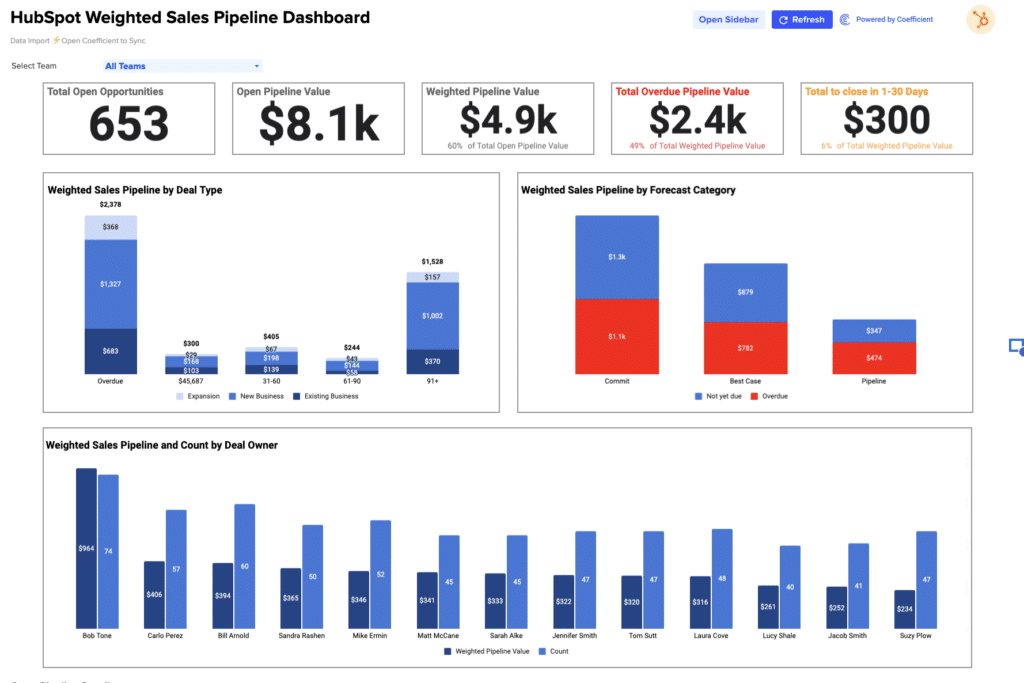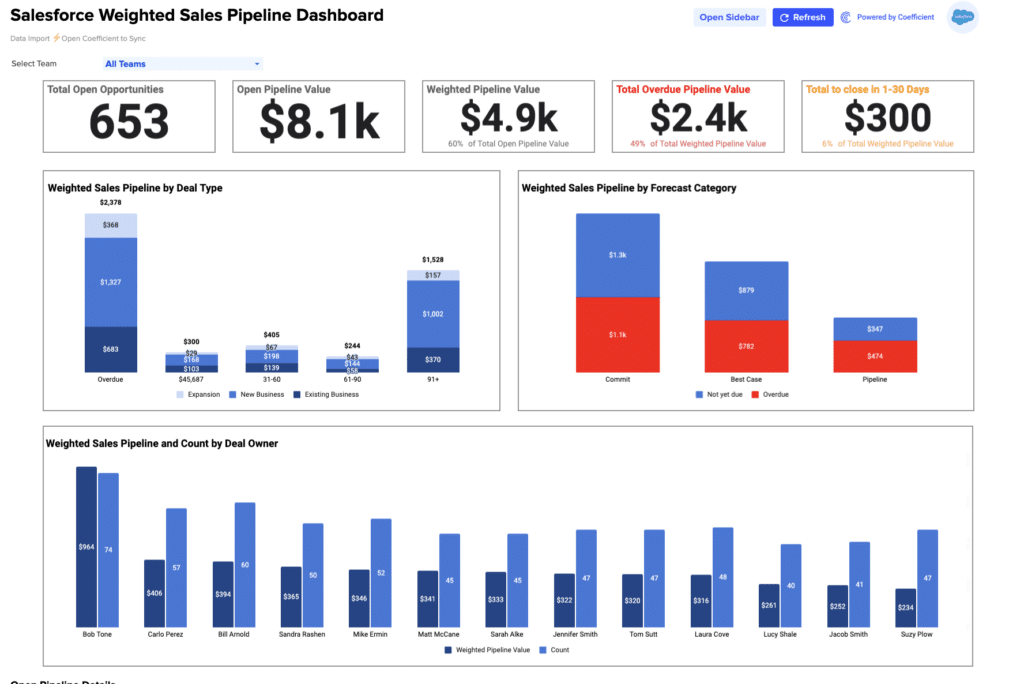Net Promoter Score = % of Promoters – % of Detractors
Step-by-Step Calculation
- Survey Your Customers: Ask them how likely they are to recommend your product or service on a scale from 0 to 10.
- Categorize Responses: Label respondents as Promoters (9-10), Passives (7-8), and Detractors (0-6).
- Calculate Percentages: Determine the percentage of Promoters and Detractors among the respondents.
- Apply the NPS Formula: Subtract the percentage of Detractors from the percentage of Promoters.
Understanding NPS
The Net Promoter Score is a widely recognized metric that gauges customer loyalty and satisfaction based on their likelihood to recommend your business.
It serves as a predictive indicator of business growth, reflecting the overall customer sentiment towards your brand.
Why NPS Matters
- Customer Loyalty Measurement: NPS provides a clear metric to assess how loyal and satisfied your customers are.
- Growth Indicator: A high NPS is often correlated with repeat business and positive word-of-mouth.
- Benchmarking Tool: NPS allows you to compare your customer satisfaction levels against industry standards.
NPS in Action
Imagine a tech company, “TechSphere,” that implemented a targeted customer feedback loop based on their NPS findings.
By addressing the concerns of Detractors and leveraging the advocacy of Promoters, they improved their NPS by 15 points over six months, leading to increased customer retention and referrals.
Boosting Your NPS
- Enhance Customer Experience: Prioritize customer feedback and make improvements to address common issues.
- Engage with Detractors: Understand their concerns and take corrective actions to convert them into Promoters.
- Leverage Promoter Feedback: Encourage Promoters to share their positive experiences and suggestions.
- Continuous Monitoring: Regularly measure your NPS to track improvements and identify new opportunities.
- Employee Training: Invest in customer service training to ensure every interaction adds value to the customer experience.
Google Sheets Guide: Calculating NPS Made Easy
- Input the number of Promoters in cell A1 and Detractors in cell B1.
- Calculate the total number of respondents in cell C1.
- In cell D1, compute the percentage of Promoters using =A1/C1*100.
- In cell E1, calculate the percentage of Detractors using =B1/C1*100.
- Finally, in cell F1, calculate the NPS with =D1-E1.
Navigating NPS Limitations
While NPS is a valuable metric, it doesn’t provide detailed insights into customer behavior or specific areas for improvement.
It should be used in conjunction with other metrics for a comprehensive view of customer satisfaction.
Usage Contexts: When to Use NPS
NPS is most effective when:
- Evaluating overall customer sentiment towards your brand.
- Tracking the impact of customer service improvements.
- Benchmarking your performance against competitors.













